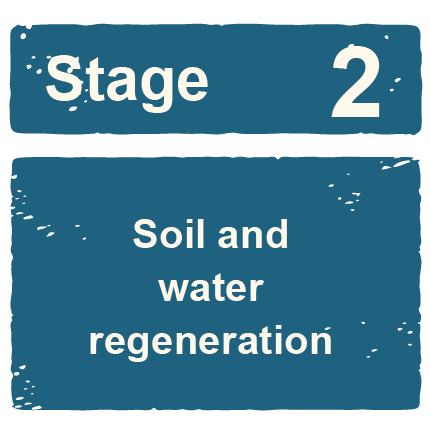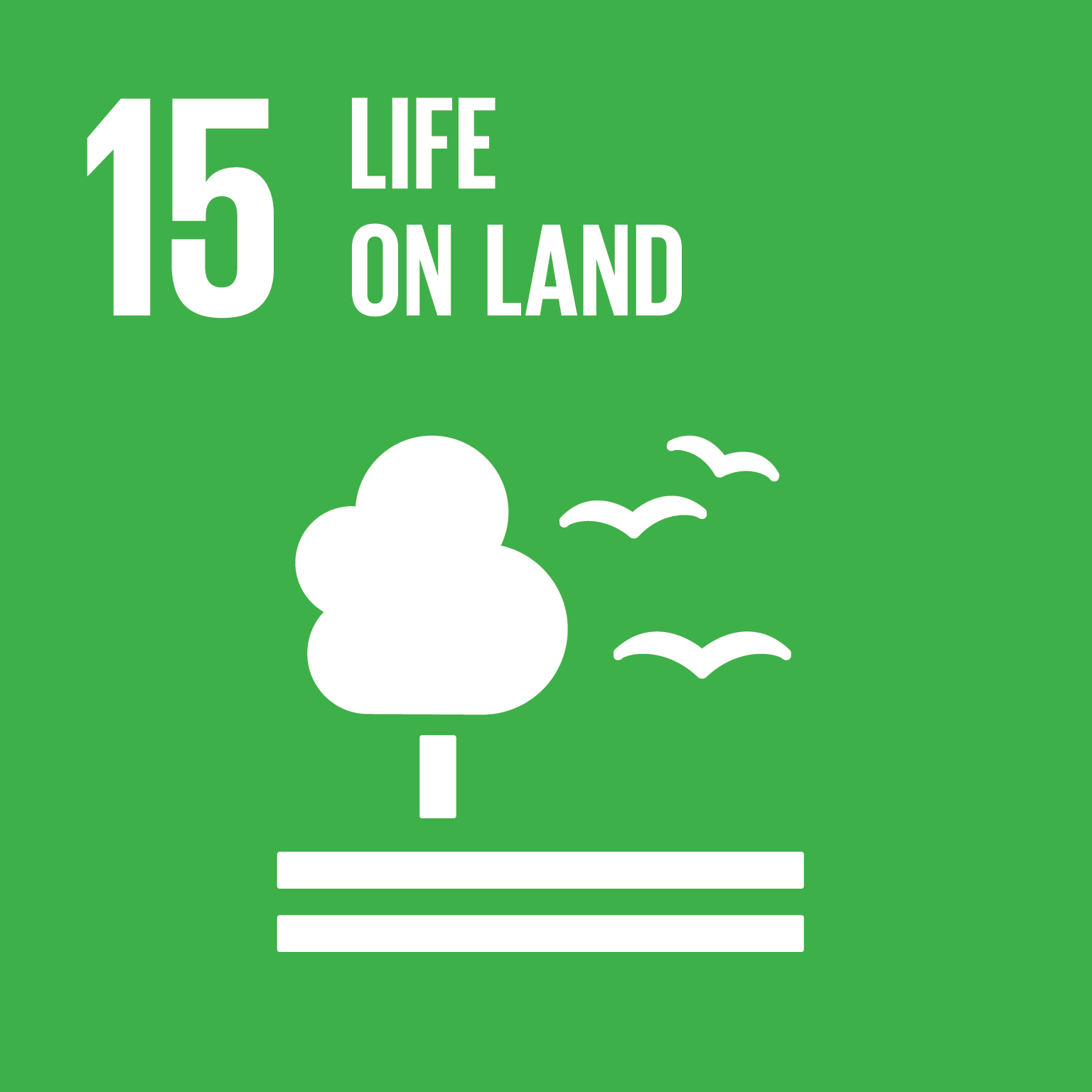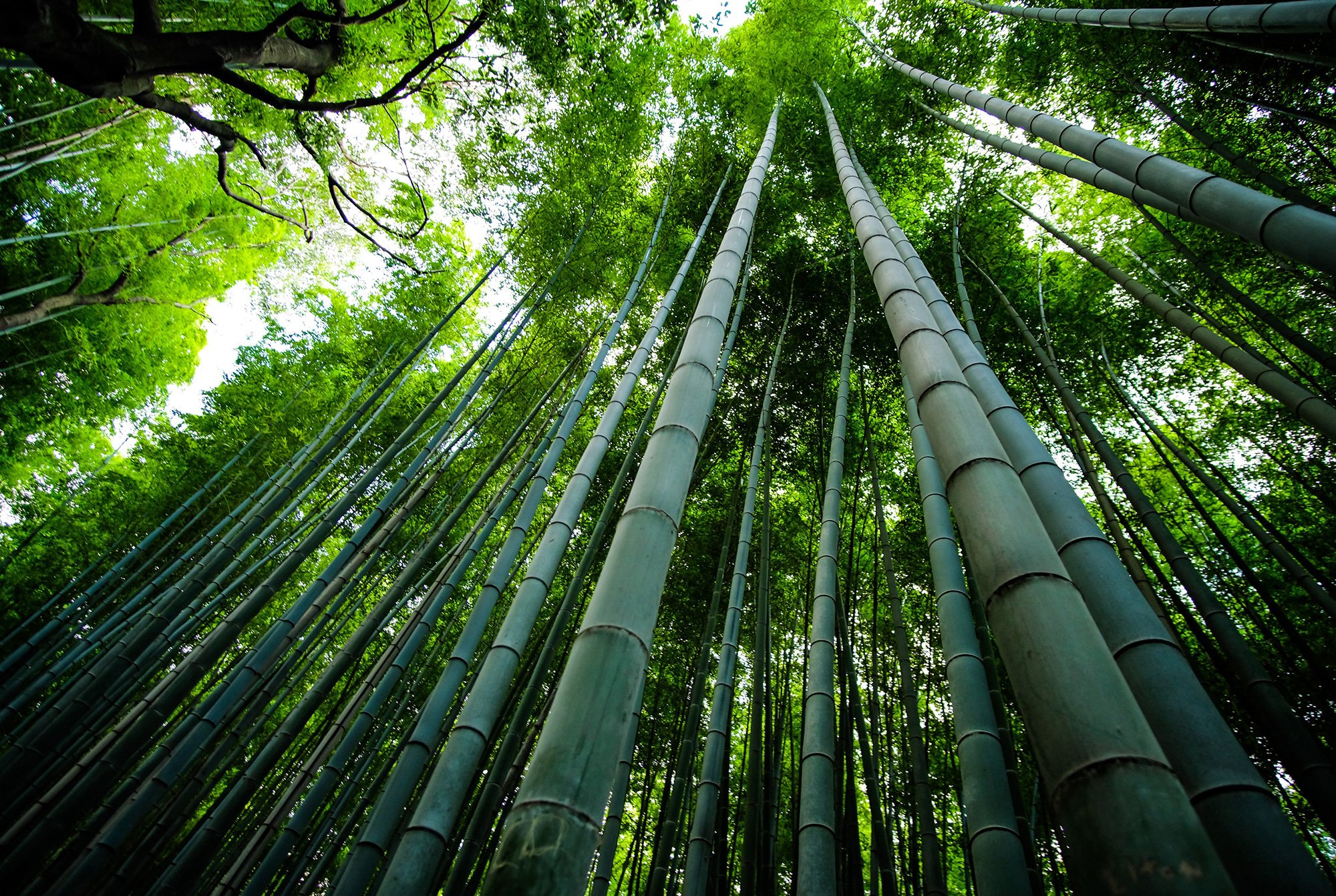
Regeneration Approach & Environmental Impact

TERRAGRN has partnered with a dedicated tissue culture facility, which has developed a unique method to selectively breed non-invasive high-yield bamboo.
The Bamboo Tissue Culture (TC) approach has been well studied, documented and optimised, however Johan Van Zyl, our Bamboo farming expert is introducing 3 checkpoints in the whole TC process to ensure we are producing and procuring genetically viable bamboo which will lead to a long standing and yielding plantation ie: keeping genetic entropy and genetic degeneration in check. Also, investment into development of bio-markers for bamboo and integrating it into our supply chain will help mitigate a significant amount of risk inherent to the system being dependent of biological systems.
After a year of lab growth, the saplings are then hardened prior to planting in the forest. The laboratory has a capacity to create 55 million bamboo plants a year. This unique method of propagation is the only viable method to grow millions of bamboo plants in a controlled manner within a short timeframe enabling TERRAGRN to deliver on its ambitions to plant 10+ million plants and trees by 2030.
The initial phase is concurrently run with a period where TERRAGRN ensures the soil is in a healthy state to receive the seedlings. Therefore, TERRAGRN is investing in soil regeneration activities to improve soil organic matter, enhance soil structures, protect topsoil, and boost moisture retention ability in the soil.
Vishak Chandramouli, one of our Soil Regeneration & Permaculture experts, has been working with our partner Agricultural Research Council (ARC), to determine optimum irrigation and more importantly determining rainwater harvesting (RWH) techniques ie: the collection of run-off for productive purposes. Instead of run-off water being allowed to cause erosion, we are planning on harvesting and using it to water our dry sandy soil as a productive form of both soil and water conservation.
TERRAGRN is committed to “no till” and “no chemicals”. TERRAGRN will also implement several practical watershed solutions in collaboration with local communities to reduce surface run-offs, reduce evaporation, and improve groundwater level for the benefit of the agroforest and local communities.
Vishak Chandramouli uses the techniques of Permaculture Design considering the planet as an ecosystem and designs for maximising efficiency as he starts to regenerate our pilot plot soils. He explains, “Obtaining a yield is one of the most critical permaculture design principles. The yield has to be ethical and fall under one of the 3 categories:
Caring for the ecosystem, Environment and the Earth
Caring for people and communities involved
Fair share of Resources and yields”
TERRAGRN will plant millions of high-quality, non-invasive, clumping bamboo varieties as part of creating a thriving agroforest. In addition, fruit and nut trees and crops will be integrated into the planting to maximise biodiversity.
Phulmani Baro, Soil Regeneration, Pest Management and Biodiversity Specialist has documented all the species – flora and fauna, as a baseline ahead of our pilot activity allowing us to monitor and track our ability to regenerate the land and create a biodiverse environment.
Once fully grown, only 25% of the bamboo growth in each clump will be harvested, leaving the remaining green cover intact for continued sequestering of Carbon Dioxide (CO2). After harvest, emerging new bamboo shoots will grow to full height within twelve months, thus replacing fully the lost green cover. Bamboo can be harvested without the need to replant through its useful life of 60-120 years.
The pilot is all about experimentation and learning for future scaling. Sanelisiwe Theo Madhlope, who has managed teams across major corporates in Forestry operations & logistics, is now building, developing and managing our own expanding team, digging and planting on the ground. She is also working closely with our permaculture and forestry experts to test the ideal spacing between bamboo clumps for maximum rhizome development which will in turn increase the number and weight of healthy culms. She is asking what the ideal number of clumps per hectare for optimal biomass production and also what the ideal biodiversity mix is per hectare without affecting the bamboo biomass production potential.
And, Dr. Matthew Durnin, our Chief Scientist is working closely with academic, government and NGO partners to determine how we optimise our mix of African indigenous plants, whilst creating a biodiverse agroforest with 52 different species of trees, plants and crops being planted for our pilot alone. This will create biodiversity both above the ground, but also in the root systems below the soil and it will address multiple needs like energy, food, fodder, medicinal plants, soil and water conservation all within the same 1 hectare scalable grid.

Several independent studies have stated that bamboo emits 35% more oxygen than other plants and absorbs 40% more CO2. A thriving biodiversity compliant agroforest of 200+ million trees over 200,000 hectares of land, once fully grown, will remove over 100 million tonnes of CO2 emissions from the atmosphere by 2050. Once the pilot successfully completed and Mpumalanga project is underway, TERRAGRN plans to take its blueprint and engage in similar projects in other African countries to expedite the local pursuit towards net-zero emissions.
TERRAGRN is committed to furthering the United Nations Sustainable Development Goals which aim to make significant environmental, social and economic impacts by 2030 to ensure prosperity and health for all.
We align with 16 of the 17 SDGs through our business model and actions with goals 15, 13 and 5 sitting at the heart of our mission and company. We believe that by focusing on these we can truly make an impact that will have a positive knock-on effect in achieving the other goals.
Ecological Regeneration
Conversion of unutilised degraded land into a thriving biodiverse area through agroforestry
Climate & Carbon Sequestration
Sequestration of CO2emissions by the plants and local colling effect
Social Development
Local workforce and empowerment of local women entrepreneurs.
Scroll over the other UN Sustainable Development Goals to see how TERRAGRN is either directly or indirectly supporting them:

Improved income for farmers and new jobs in adjunct sectors
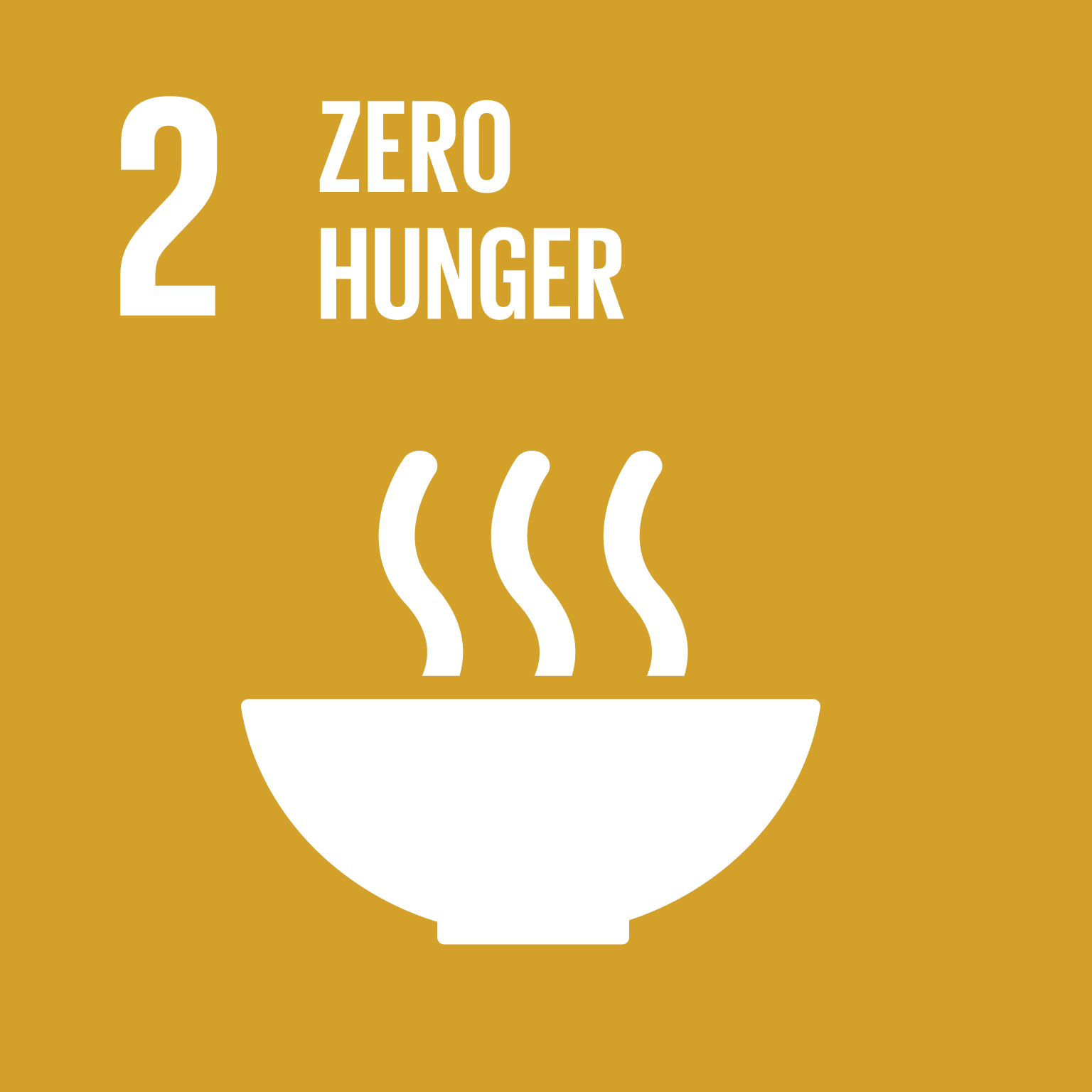
Increased agricultural (soil) productivity & food production

Reduction of air, water & soil pollution
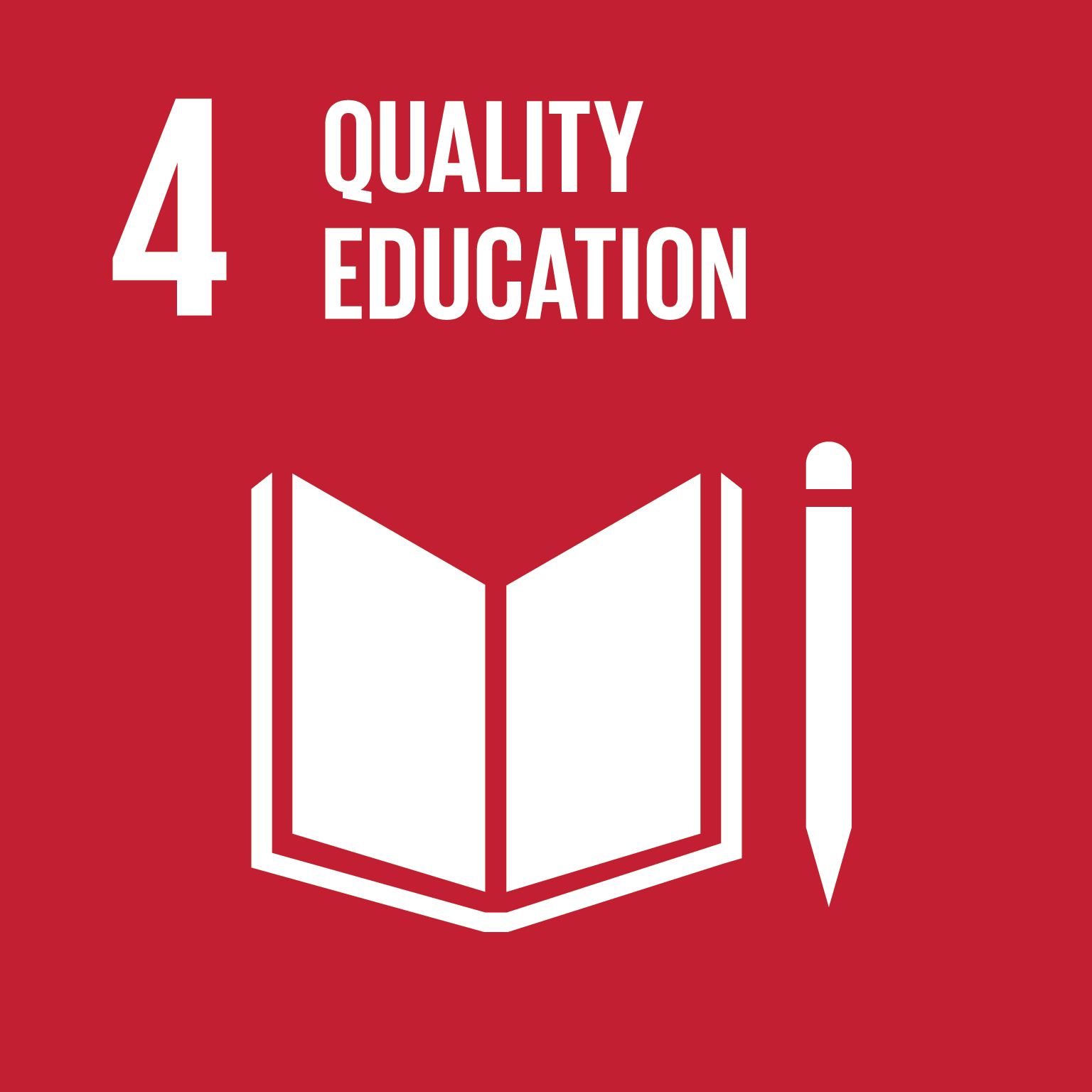
Support in local areas to technical & vocational skills
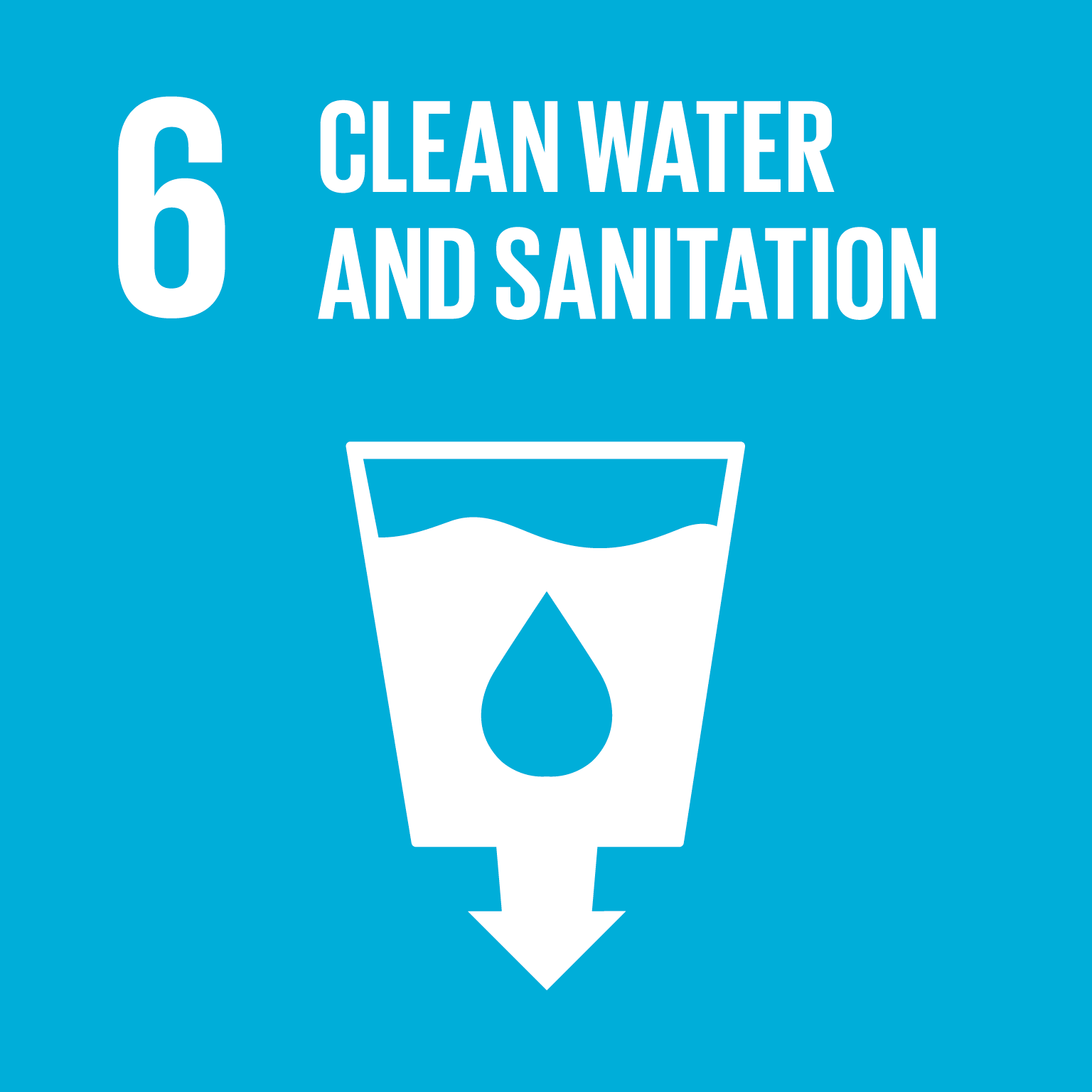
Improved water quality (watershed solutions) & conservation

Production of renewable energy from biomass and waste management)
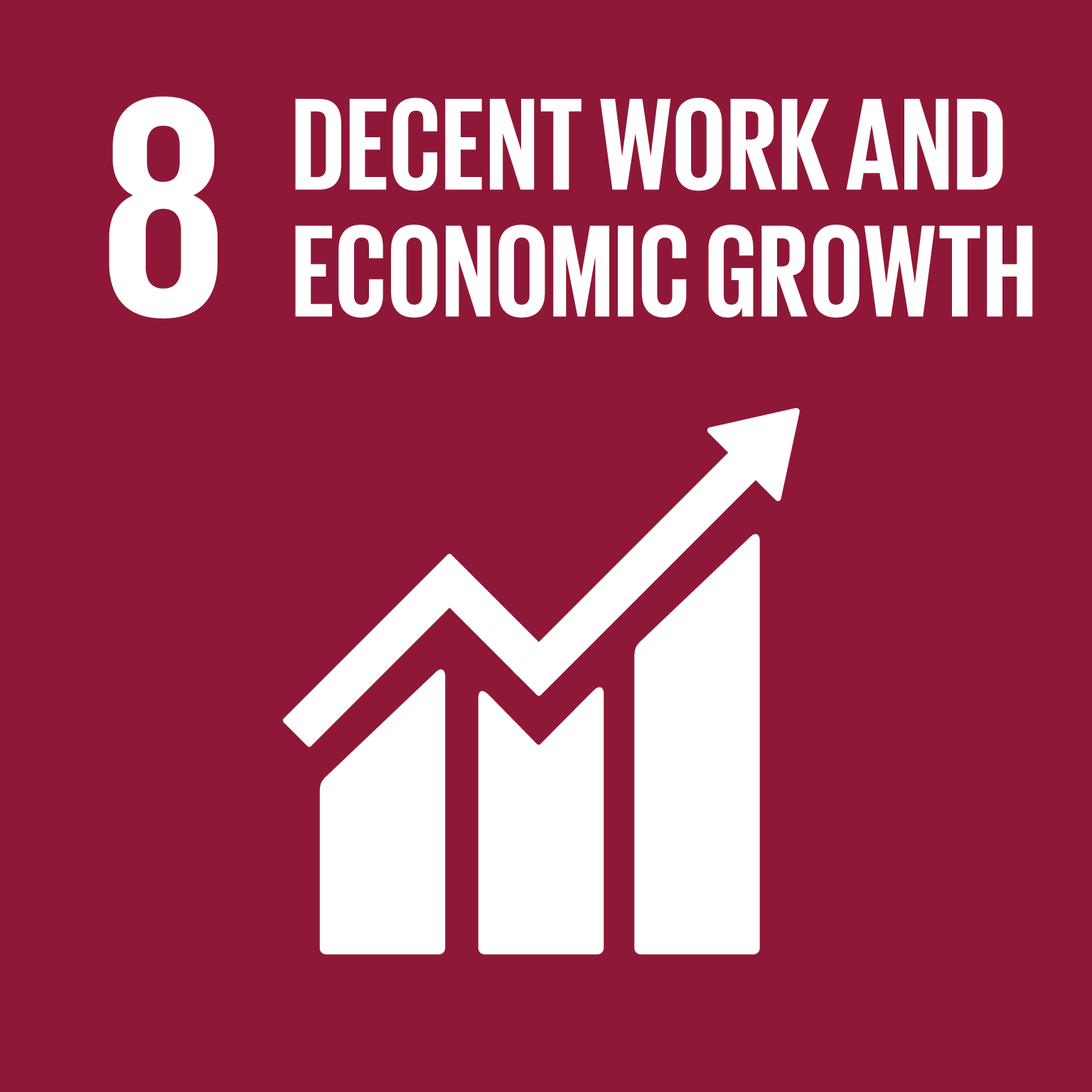
Decent new job creation (75+ in pilot and 50,000+ in the long run)

Business innovation of sustainable NBS roll out resilient infrastructure
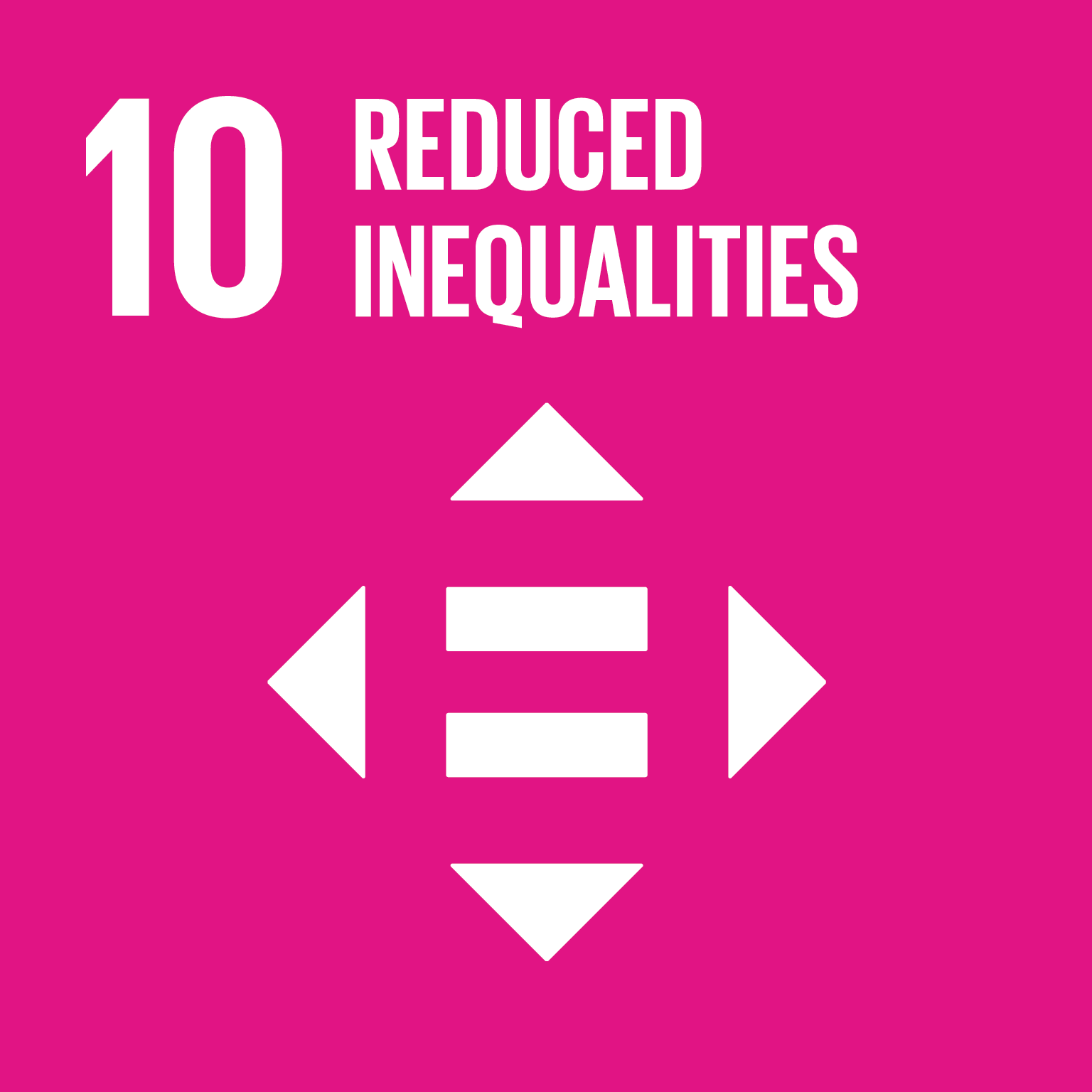
Promotion of social & economic inclusion for all

Access to safe, inclusive and accessible green and public place
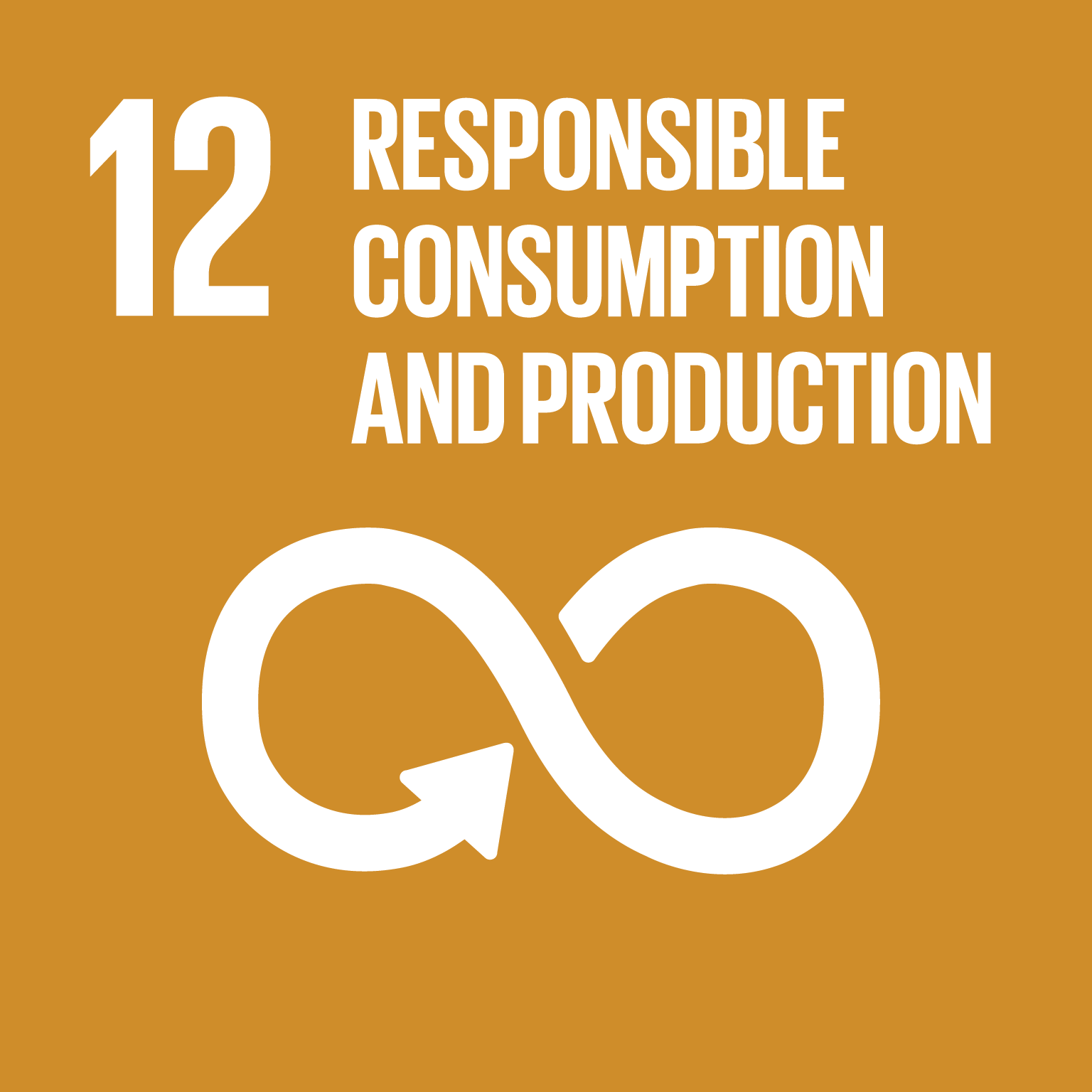
Environmentally sound management of all waste along the full lifecycle
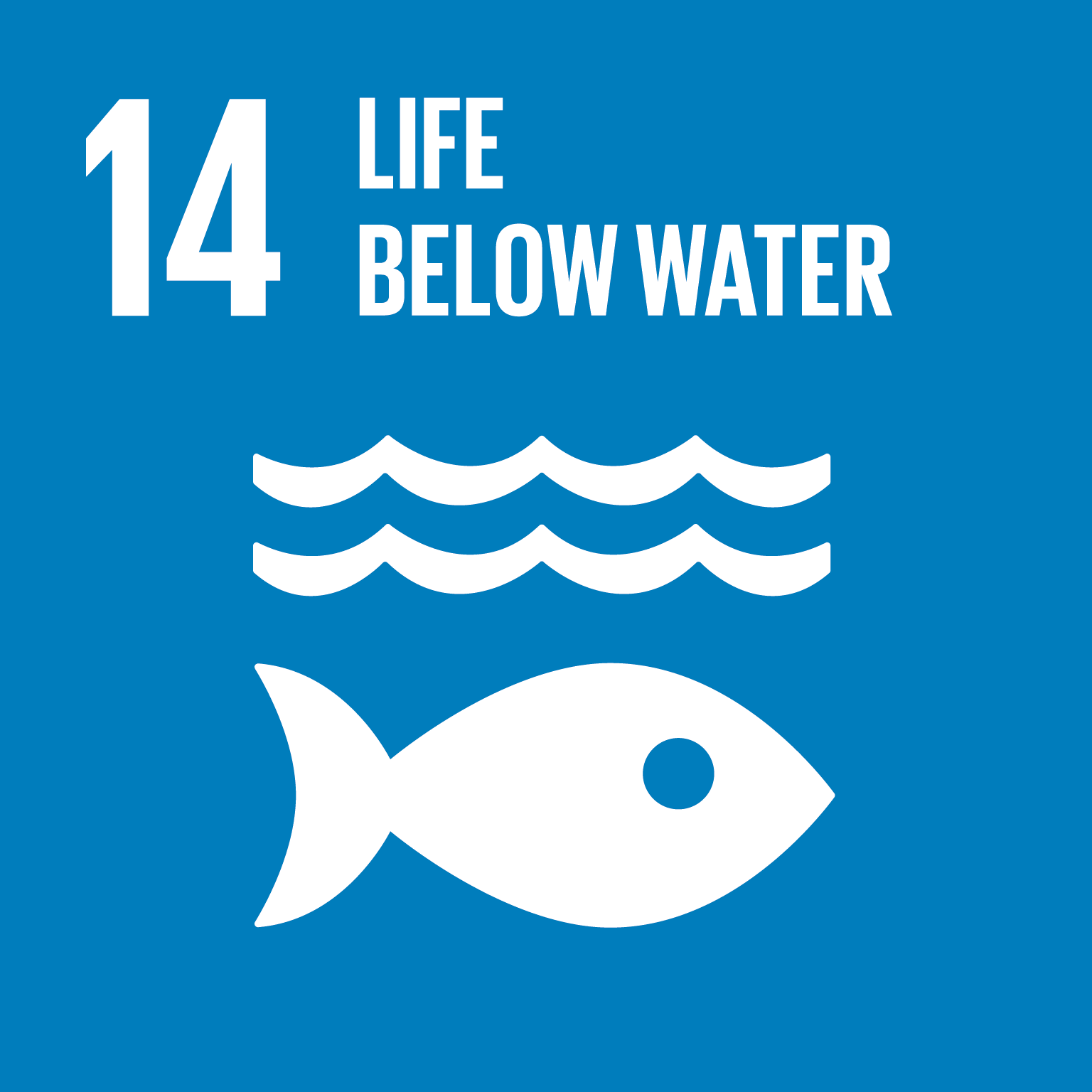
Protection of wetlands and increased availability of clean water
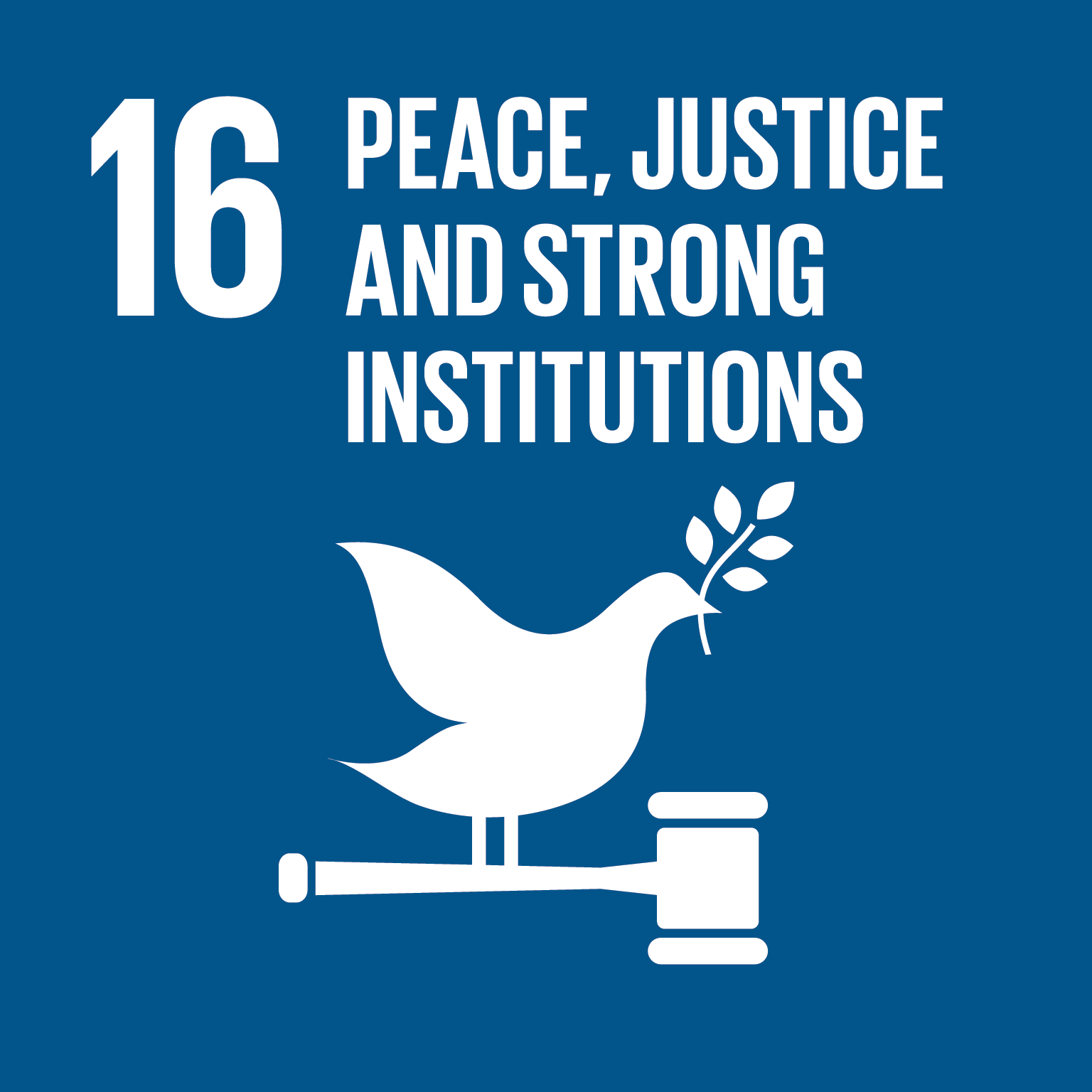
Indirect support to local public institutions

Local multi-stakeholders partnerships


